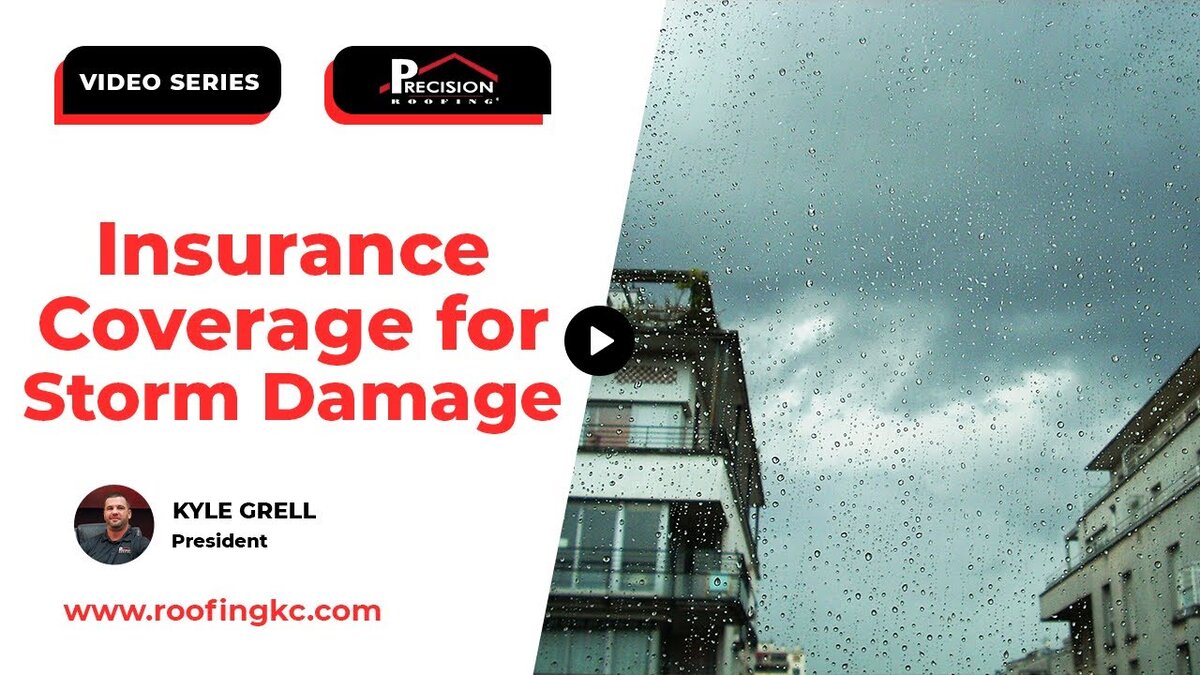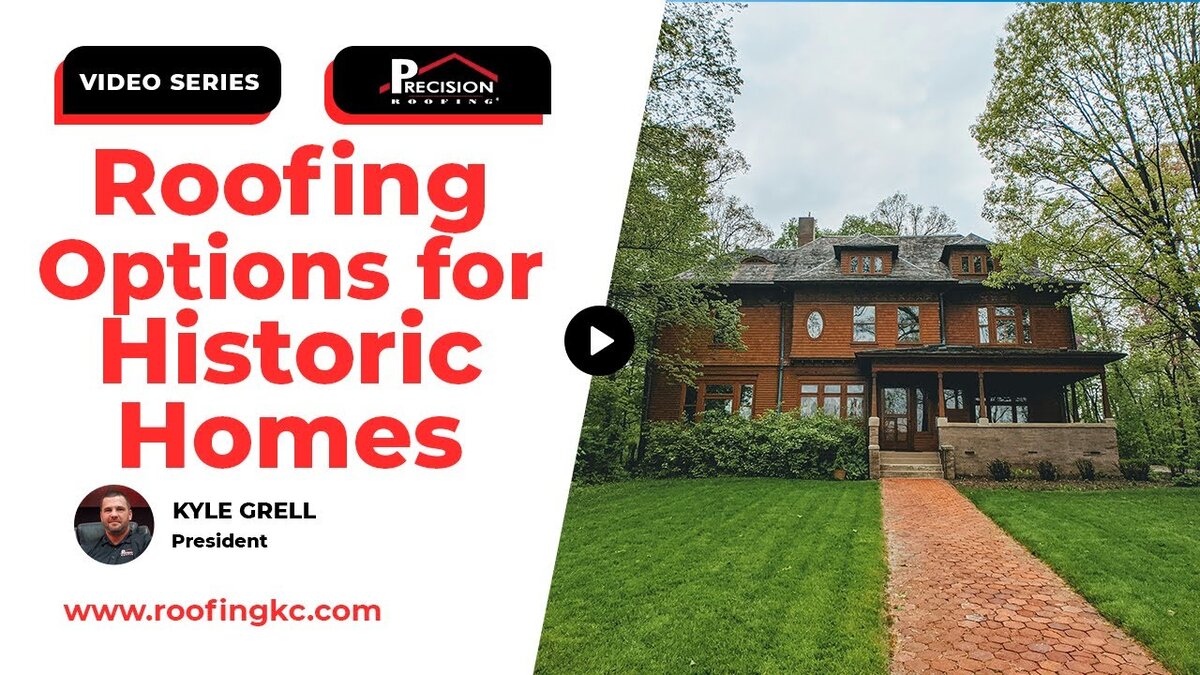High winds can rip shingles off, damage underlayment, and leave your home exposed to leaks and costly repairs. Choosing the right roofing material is key to protecting your home in these conditions. In this blog, we’ll cover the best roofing materials for high wind areas, the features that matter most, and why proper installation is critical to performance.
What Makes a Roofing Material Suitable for High Wind Areas?
Choosing the best roofing material for high wind areas isn’t just about durability—it’s also about how the material is fastened and whether it can withstand more than just wind, like hail and debris. High wind ratings, secure fastening systems, and impact resistance are essential qualities.
Key Factors to Consider:
- Wind Resistance Rating: Always check the wind rating of the roofing material. Higher-rated materials are specifically engineered to resist uplift and damage.
- Secure Fastening Systems: Fasteners play a crucial role in keeping roofing materials securely in place. Materials that rely on fasteners rather than adhesives tend to perform better in high winds.
- Material Flexibility: Flexible materials, such as storm-rated shingles, offer better resistance to cracking and breaking during storms.
Best Roofing Materials for High Wind Areas
1. Metal Roofs
We often recommend metal roofing for customers living in high wind areas. Metal roofs are highly durable, long-lasting, and can withstand wind speeds up to 140 mph or more. They are secured using fasteners, ensuring they stay in place during storms. Additionally, they offer excellent impact resistance, making them a great option for areas that experience both high winds and hail.
Benefits of Metal Roofs:
- High wind resistance
- Superior durability and longevity
- Minimal maintenance requirements
2. Synthetic Roofing Materials
Synthetic materials, like Brava slate or barrel tile, are another excellent choice for homes in high wind zones. These materials are designed to mimic the look of natural slate or clay tiles but offer enhanced durability and lower weight. Since they are fastened down rather than relying solely on adhesives, they provide excellent wind resistance.
Advantages of Synthetic Roofing:
- Lightweight yet durable
- High wind and impact resistance
- Aesthetic appeal of traditional materials without the added weight
3. Storm-Rated Architectural Shingles
For those who prefer a traditional shingle look, storm-rated architectural shingles are a reliable option. Unlike entry-level shingles, these premium shingles have a higher wind rating and are more flexible, which helps them resist damage during storms.
Key Features of Storm-Rated Shingles:
- Higher wind resistance compared to standard shingles
- Improved flexibility to reduce cracking
- Enhanced protection against hail
4. Upgraded Shingle Options
If you’re set on using shingles but want something more durable than standard architectural shingles, upgraded options like storm or flex shingles are worth considering. These shingles offer better wind resistance and higher impact ratings, making them a solid choice for high wind regions.
Why Proper Installation Matters
Even the best roofing materials for high wind areas can fail if they aren’t installed correctly. We emphasize this to all our customers because improper installation can lead to issues like inadequate sealing and poor fastening, which compromise the roof’s performance.
Importance of Correct Installation:
- Adequate Fastening: Ensuring the proper number of fasteners is used is critical. Insufficient fasteners can lead to shingles being blown off during storms.
- Timing of Installation: Installing a roof in extreme cold weather can prevent shingles from sealing properly. If shingles don’t seal right away, debris can accumulate under them, reducing their lifespan and wind resistance.
- Experienced Contractors: Hiring experienced professionals ensures that your roof is installed according to the manufacturer’s specifications, which is vital for both performance and warranty compliance.
Potential Issues with Incorrect Installation:
- Poor sealing due to cold weather or debris
- Insufficient fasteners leading to blow-offs
- Shortened roof lifespan
In Summary
Living in a high wind area means you need roofing materials that can stand up to extreme conditions. Whether you choose a metal roof, synthetic roofing, or storm-rated shingles, selecting materials with high wind resistance is essential. Equally important is proper installation—without it, even the best materials won’t perform as expected.
At Precision Roofing, we take pride in offering top-tier roofing solutions tailored to your specific needs. From helping you choose the right materials to ensuring expert installation, we’re here to protect your home from the elements.
If you’re ready to upgrade your roof or need expert advice on the best roofing materials for high wind areas, contact us today!




